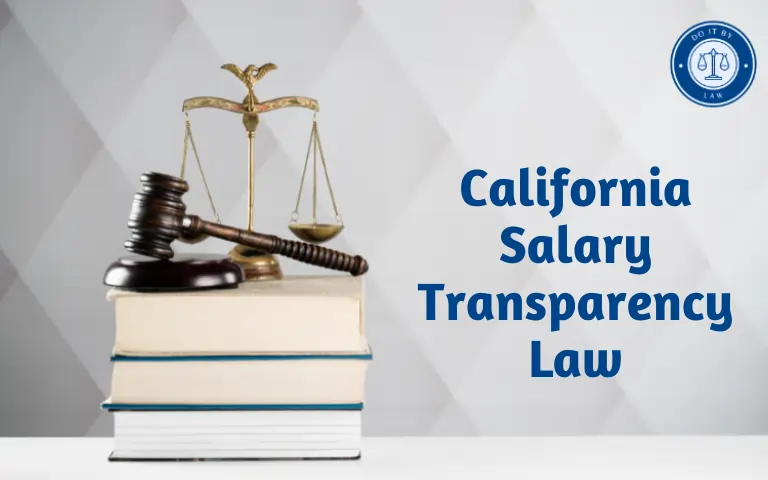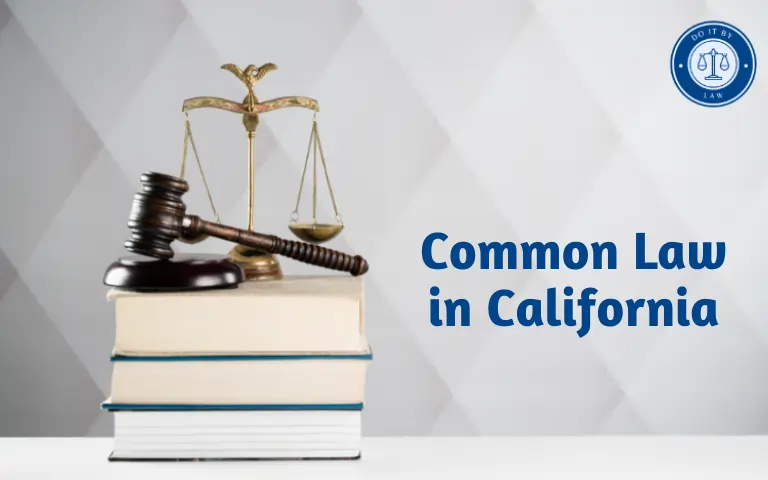California Emissions Laws: What You Need to Know
California is renowned for having the most stringent vehicle emissions standards in the United States. While federal regulations set baseline emission requirements nationwide, California Emissions Laws go above and beyond with tougher standards that drivers and automakers must meet.
California’s authority to set separate emissions rules dates back to the 1960s when intense smog in Los Angeles spurred action. Today, California’s standards aim to combat ongoing air pollution while also addressing climate change goals.
Navigating the complex emissions requirements can be confusing for California drivers and vehicle owners. Read on for an overview of key regulations, compliance rules, exceptions, and how California continues pushing the emissions envelope.
Why So Strict? Health and Climate Motivate Strict Rules on California Emissions Laws
California State enacted the nation’s first tailpipe emissions standards in 1966 when smog blanketed Los Angeles and caused major health issues. Since then, California has insisted on tougher auto pollution rules to reduce the brown haze and combat respiratory diseases.
But the motivations have expanded beyond smog and health. California now also justifies its strict emissions regulations based on climate change. Reducing vehicles’ greenhouse gas emissions is now also central to the state’s emissions control efforts.
This two-pronged health and climate rationale continues driving some of the most stringent emissions laws in the country. California frequently grants waivers under the Clean Air Act to exceed federal standards.
California Emissions Laws Key Regulations Apply to Newer Cars and Trucks
California’s emissions requirements govern “criteria pollutants” like ozone, particulate matter, and greenhouse gases. Key regulations include:
- Low-Emission Vehicle (LEV) Program – volatile organic compounds, nitrogen oxide, particulate matter limits for light and medium duty vehicles.
- Zero-Emission Vehicle (ZEV) Program – requires manufacturers to transition to electric vehicle production.
- Heavy-Duty Engine and Vehicle Standards – applies to diesel trucks, buses, and other large vehicles.
These programs impose fleet-wide limits on emissions averages and sales requirements for low/zero emissions vehicles. Regulations cover passenger vehicles, commercial trucks, buses, motorcycles, and more. Generally, newer model-year vehicles are subject to the standards.
California Emissions Laws Rigorous Testing and Certification Protocols
For regulations covering new vehicles, manufacturers must certify compliance through rigorous testing protocols. Vehicles must undergo dynamometer tests at certified labs to measure tailpipe pollutants under simulated driving conditions.
Extensive durability testing is also required to prove emissions control systems withstand years of real-world operation. Data and documentation must be submitted to California’s Air Resources Board (CARB) which oversees compliance. CARB also conducts its auditing tests on production vehicles for quality control.
It’s a complex, demanding process for automakers wishing to sell in California to ensure their fleets meet stringent averaging limits.
California Emissions Laws Modified Cars and Trucks Must Be Certified Too
California’s laws apply not only to factory-new vehicles but also to any vehicle with modifications affecting emissions. Installing a new engine, transmission, or emissions component requires updated certification.
CARB regulates aftermarket and add-on parts as well. Installers must use compliant parts and provide documentation proving that modified vehicles still meet emissions standards.
So those shiny new headers or performance upgrades could be illegal if not certified. Modifications on pollution-controlled vehicles must be done carefully under CARB supervision.
Smog Checks and Retesting Required
Along with certifying new vehicles, California requires regular smog testing to ensure that in-use cars and trucks continue meeting emission standards. Smog checks must occur:
- Upon vehicle registration renewal
- Upon transfer of ownership
- Anytime a vehicle is cited for visible exhaust smoke
- When the DMV orders a retest after a failure
Smog checks test tailpipe emissions using a sniffer inserted into the exhaust. Passing keeps your registration current. However, a failure requires repairs and retesting to register the vehicle again.
Consequences for Violations Can Be Harsh
Penalties for violating California’s emissions laws can include:
- Fines up to $500 per vehicle for manufacturers violating fleet averages.
- Registration refusal or cancellation for personal vehicles until brought into compliance.
- Large fines of up to $1,000 for tampering with emissions controls.
- Citations for exhaust smoke visible for over 10 seconds.
- Criminal charges for illegal manufacturing, sale, or installation of defeat devices or aftermarket parts.
Enforcement is strict on keeping vehicles emissions compliant. Don’t attempt shortcuts or defeated systems – it’s not worth facing hefty fines and charges.
Pushback Against California’s Authority
Unsurprisingly, California’s tough emissions rules prompt pushback. Some states reluctantly follow them, but auto lobbies continue attacking California’s special authority to set separate standards.
Under the Clean Air Act, California can set stricter criteria for pollution rules if granted an EPA waiver, which is normally approved. But the Trump administration tried revoking this waiver in 2019 to prevent California from setting tougher greenhouse gas standards.
Litigation restored California’s waiver but the battle continues over California’s power to chart its own emissions standards course. Other states can choose to follow either California’s rules or default federal regulations. Currently, 15 states adhere to California’s standards.
California Emissions Laws Plan Even More Aggressive Emissions Cuts
Not resting on its laurels, California continues forging ahead with tougher emissions goals, especially for climate pollutants. Major new initiatives include:
- 100% zero emission passenger vehicle sales mandated by 2035.
- First-of-their-kind limits on nitrogen oxides from diesel trucks slated for 2027.
- Exploring zero emission requirements for other vehicle classes like ships, trains, and forklifts.
- Tighter particulate matter and greenhouse gas limits for new light and heavy-duty fleets.
California shows no signs of easing emissions requirements but rather continually pushes the envelope with tougher vehicle pollution control regulations.
Out-of-State Cars Must Still Comply
Drivers coming into California from other states with different emissions rules may wonder if compliance is required. In short – yes, California’s laws apply to all vehicles registered and driven within state borders, regardless of origin.
Vehicles must still pass smog checks and remain certified in California even if registered elsewhere. Newer models must meet California emissions standards when sold as used cars.
The only exception is visiting drivers who are not California residents and remain temporarily, such as tourists. But upon taking up residency, that shiny Florida classic car will need updating to comply!
The Bottom Line
Love them or hate them, California’s nation-leading emissions regulations aim to safeguard public health while also reducing the state’s carbon footprint. For drivers and manufacturers, this means more stringent standards must be met to register and operate vehicles in-state.
While complex at times, the overarching goal of cleaner air motivates California to continually craft innovative solutions to the persistent vehicle pollution problem.
Frequently Asked Questions on California Emissions Laws
References
California Air Resources Board Vehicle Regulations
California Bureau of Automotive Repair Smog Check Program
California Code of Regulations: Motor Vehicle Pollution Control







